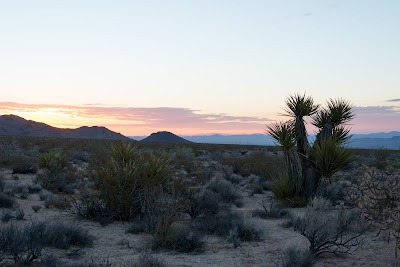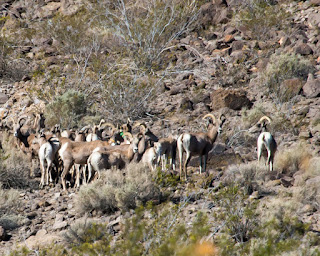Bird Deaths at Ivanpah Solar Project Likely Underestimated

Birds with severely singed feathers are travelling over a half-mile from the center of the Ivanpah Solar project before falling to the ground, indicating that current research efforts are incapable of accounting for the full scope of project-related avian fatality. Abengoa recently withdrew plans for a similar "power tower" project after acknowledging concerns about the technology's impact on wildlife, but also suggesting that the technology's benefits are uncertain and unreliable. Birds Dying Beyond the Reach of Research? Efforts to determine how many birds are killed by the project involve carcass surveys of only 29% of the project area and do not involve significant searches of the desert surrounding the Ivanpah Solar project's boundary. According to the 2014-2015 Winter Report for the Ivanpah Solar Electric Generating System Avian & Bat Monitoring Plan, (covering 21 October 2014 to 15 March 2015), seven birds with singed feathers were found far fr...





